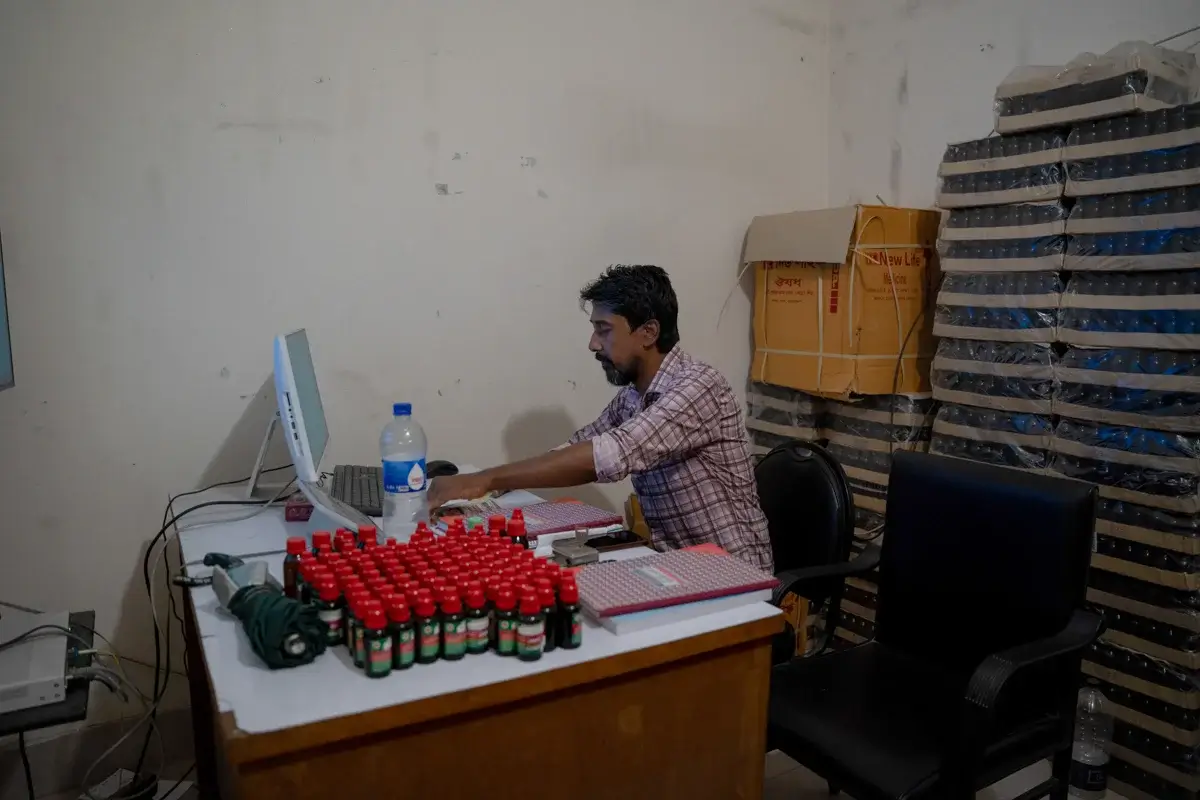Bangladesh’s longest-running telehealth program is facing closure due to a critical lack of funding. Despite the dedication of unpaid staff who have kept many centers operational amid poor infrastructure, ongoing political turmoil and the halt of USAID support have severely impacted the country’s health sector.
Located on the edge of the Sunderbans mangrove forest, the telemedicine center in Dacope struggles with frequent internet outages and power failures, complicating efforts to serve patients. Mahbubur Rahman, the center’s administrator and technician, has not received a salary since January but continues to maintain services, driven by a strong commitment to the community.
The program, which at its peak treated over 8,000 patients monthly after the COVID-19 pandemic, expanded rapidly with 234 centers across Bangladesh by 2024. These centers provide remote consultations using basic diagnostic tools, bridging the healthcare gap in rural areas where doctor shortages are severe. However, only about 35 centers remain active today, relying on unpaid staff, and many patients report inadequate care.
Bangladesh allocates just 0.7% of its GDP to healthcare, among the lowest globally, worsening rural access issues. The telemedicine network depends on fragile 2 Mbps internet connections vulnerable to storms and limited technical support, further hampering service delivery. Despite government requests, the health ministry has not committed to funding the program’s revival, leaving its future uncertain.
Without renewed policy backing and investment, the telehealth initiative risks collapse, threatening access to specialist care for millions outside urban centers and highlighting broader challenges in Bangladesh’s healthcare system.















